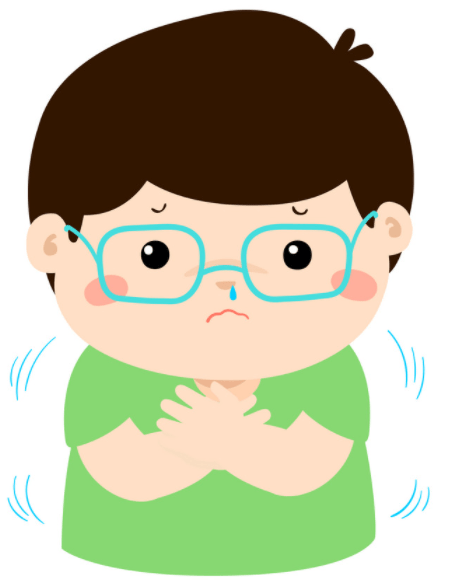Our Body During Fall Season
Brrr…..Brrr…Brrr… Did you hear that? That’s not the sound of the car engine. Wait, I think I know what it is! That’s the sound of my friend Will who’s shivering from this cold fall weather. I guess summer is really over. Now let us remind Will how to properly equip himself to be able to enjoy this season.
The temperature has dropped and the colours of the trees are slowly changing. These are the changes we see and experience outside our homes. However, some people would experience increased aches and pains in muscles and joints during cold, wet and unsettled weather where simply putting on layers of clothing wouldn’t suffice. Although there is no exact explanation why the drop in temperatures affects our body, there are theories to why these occur. One of it is the change in barometric pressure, this causes the tendons, muscles, and any scar tissue to expand and contract that leads to pain. In addition to this theory, the low temperatures can make the fluids inside your joints thicker making it feel like stiffer. It also causes our muscles to lose more heat and contract, making the muscles in our body tighten. As the weather gets colder and the days get shorter, it is natural that we all tend to spend most of our time indoors. Being indoor for a long period can actually cause us become less active since you spend most of the time either lying down or seated. A study has shown overwhelming evidence how physical inactivity negatively affects our health and is a cause of chronic disease in children and adolescents. The change in temperature and lifestyle forces our muscles to work much harder compared to milder weather.
Ways to Reduce Body Aches and Joint Pain
- Dress warmly by putting on layers of clothing. It is better to overdress in this season because you can always remove a layer if you’re feeling too hot.
- Exercise! Spending time to stretch or exercise makes your body generate heat which reduces stiffness and improves your flexibility and range of joint movement. Doing this on a daily basis can prevent you from experiencing joint injuries.
- Cool Down. After doing your exercise, it is just proper for you to cool down your muscles while they are warm in order to reduce the chance of experiencing muscle cramps and stiffness after
- Heat Therapy. If the cold weather aggravates your muscles and joints, you can try to apply heat to help ease the pain and tension. You can use a heating pad, a bottle with hot water or you can take a warm bath.
- Plan Ahead. Staying outside for a long period under cold weather conditions may not just affect your muscles and joints but can also affect your health. Prolonged exposure to cold will use up your body’s stored energy. Infants, toddlers, and the elderly people have it more difficult to regulate their body temperature. So, if you are planning to do some outdoor activities this season plan ahead and check the weather forecast.
- Water energizes your muscles and it helps to lubricate your joints for ease of movements. Being well hydrated can increase your endurance and tolerance to pain and muscle soreness and heighten your body recovery.
References:
Booth, F. W., Roberts, C. K., & Laye, M. J. (2012). Lack of exercise is a major cause of chronic diseases. Comprehensive physiology, 2(2), 1143.
https://www.cminj.com/blog/cold-weather-and-body-ache
https://www.muscleclinic.co.uk/link-cold-weather-and-muscle-and-joint-pain/
https://news.onecountry.com/entertainment/10-fun-fall-facts/
https://www.everydayhealth.com/arthritis/arthritis-pain-relief-for-winter-weather.aspx

